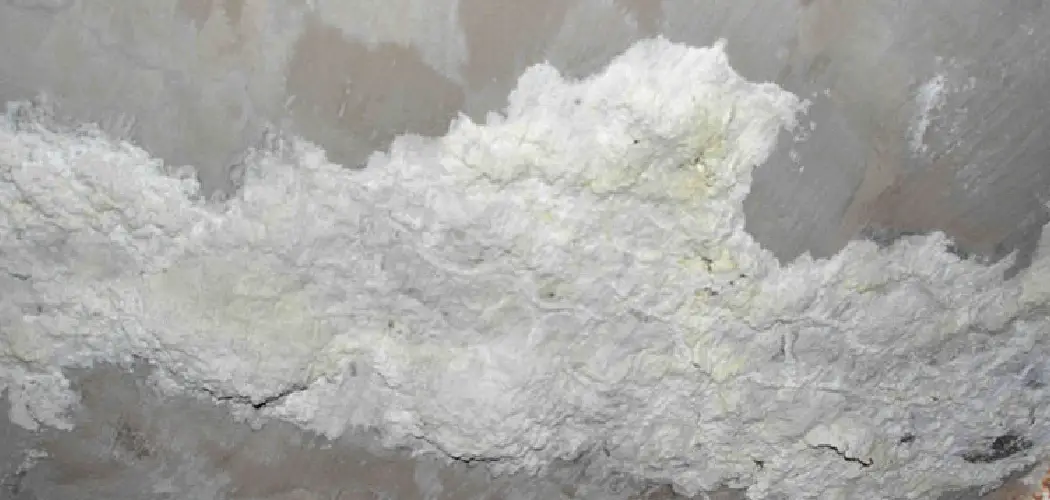White mold in basements is a common problem that can quickly become hazardous if it’s not addressed properly. If you find yourself dealing with white mold in the basement, it is important to act quickly and safely. Not only can this unhealthy type of mold cause respiratory irritation for those who come into contact with it, but it can also damage your possessions over time if not treated properly.
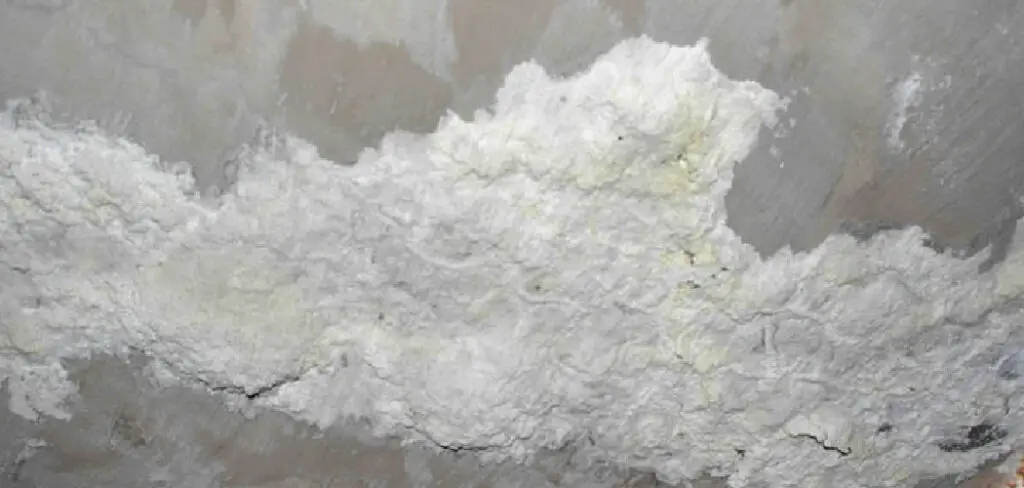
Fortunately, removing white mold from your basement isn’t as hard as it might sound; by following some simple steps on how to get rid of white mold in basement, you’ll be able to rid yourself of the potential hazard and help keep your family safe and healthy. In this blog post we will discuss how to effectively get rid of white mold in the basement, including what products can help eliminate or prevent it from forming and how to protect yourself while handling the removal process. With a few best practices and some research, you’ll be able to keep your space healthy.
Why Does White Mold Form in Basement?
1. Atmosphere
White mold is a type of fungus that thrives in damp, dark environments such as basements. As this type of area often holds moisture due to poor ventilation and insulation, mold can rapidly grow, resulting in what looks like white or gray patches on walls and other surfaces. Additionally, organic materials like cardboard boxes and wood are ideal breeding grounds for white mold.
2. Water Leaks
Another common cause of white mold in basements is water leaks. If you have leaking pipes or plumbing fixtures, this could be the source of your basement’s white mold problem. Be sure to check for any signs of water damage when inspecting your basement for mold; if you find evidence of dampness, it’s a good idea to call a professional plumber to repair the issue.
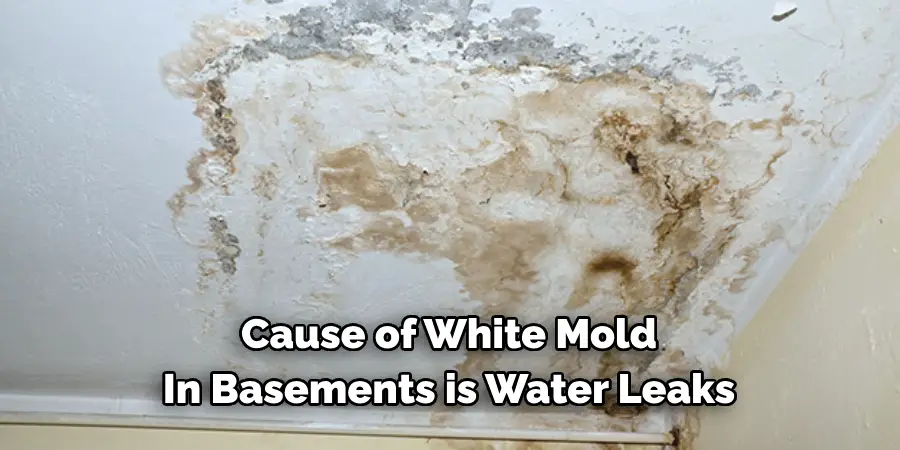
3. Condensation
High levels of humidity caused by condensation may also result in white mold forming in basements. Check for any issues with insulation or ventilation, as this can be an effective way to reduce the amount of condensation that forms and limit your basement’s risk of developing white mold.
Required Items to Get Rid of White Mold in Basement
The following items can help you properly remove white mold from your basement:
1. Ventilation fan- A high-powered ventilation fan can be used to reduce the amount of humidity in the air and prevent further mold growth.
2. Protective gear- To avoid any potential health problems, wear protective clothing such as gloves, goggles, and a breathing mask.
3. Cleaning supplies- A mixture of bleach and water can effectively kill white mold; you can also use a more natural solution like baking soda or vinegar to break down the spores.
4. Dehumidifier- This is an effective way to reduce moisture levels in your basement; consider investing in one for long-term protection.
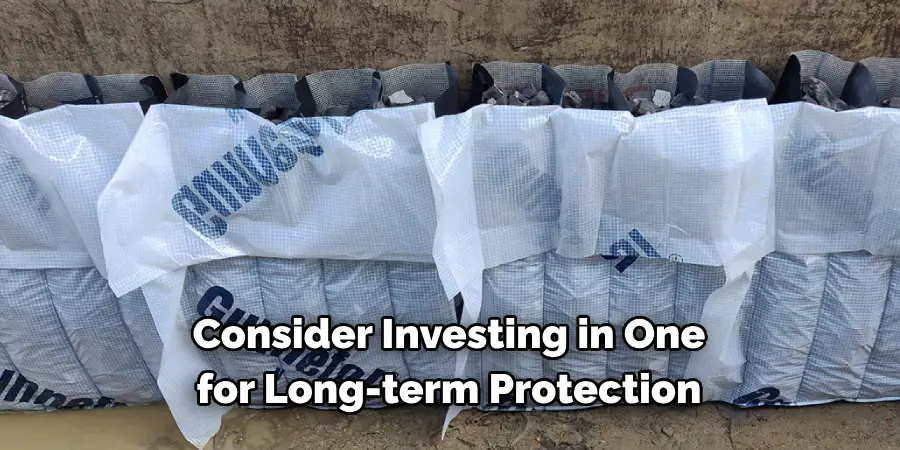
5. Mild cleaner- Once the mold has been removed, use a mild cleaner to clean and disinfect any affected surfaces.
10 Ways How to Get Rid of White Mold in Basement
1. Ventilation
Open windows or turn on ventilation fans. Increase airflow in your basement by opening windows and turning on ventilation fans; this helps reduce humidity levels, making it harder for the mold to grow or spread. Make sure to run the fans for at least 30 minutes each day.
2. Dehumidifier
Invest in a dehumidifier and place it in your basement; this will reduce moisture levels even further, making it harder for white mold to take hold. Make sure to empty the water tank regularly so that the appliance can continue working efficiently.
3. Cleaning
Mix a solution of bleach and water in a bucket. Use gloves, goggles, and a breathing mask for protection; then spray the affected areas with the mixture. Let it sit for twenty minutes before wiping it clean. An alternative to using bleach is to mix baking soda and vinegar together; this should be applied in the same manner as above.
4. Repair Leaks
Find and fix any leaking pipes or plumbing fixtures. A professional plumber should be contacted if you suspect a leak. Repairing the leak will stop any new mold from forming. Also, remember to check for water damage and fix any other sources of moisture.
5. Remove Affected Items
Remove items such as cardboard boxes, clothing, wood, and paper that have been affected by mold, as this can prevent further contamination. Removing these items will help to reduce the risk of mold spreading.
6. Check Insulation and Ventilation
If you find that your basement is regularly humid, consider investing in a high-quality ventilation system or insulation to keep it dry. This will also help to prevent any new mold from forming. Ventilation systems should be checked regularly and maintained to ensure they are working properly.
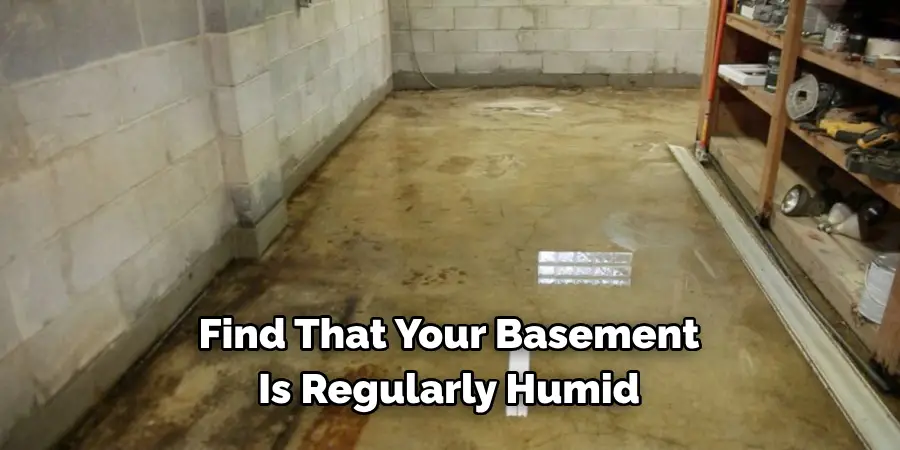
7. Remove Standing Water
If there is standing water in your basement, it’s important to remove it as soon as possible. This could be due to flooding or a leaking pipe; either way, the presence of moisture will only help the mold to grow and spread.
8. Check Gutters
Make sure that your gutters are functioning properly and not clogged with debris; this can help reduce the amount of water entering your basement, as well as reduce the risk of flooding. Checking your gutters regularly and cleaning them out when necessary can help to prevent mold from forming in the future.
9. Disinfect Surfaces
Disinfect all surfaces that have been affected by white mold with a mild cleaner or a bleach solution; this will help to keep any remaining spores from spreading into other areas of the basement.
10. Monitor the Basement
Regularly monitor the basement for any signs of mold and address it as soon as possible. Setting aside time to inspect your space can help you catch new mold growth before it becomes a larger problem and save you from having to conduct an extensive removal process.
Taking the steps outlined above can help you effectively get rid of white mold in your basement. With proper ventilation, insulation, and regular monitoring, you can make sure that your basement remains mold-free and is able to keep your space healthy.
8 Maintenance Tips to Follow to Prevent White Mold in Basement
White mold often grows in basements due to high humidity and poor ventilation. Getting rid of white mold is not easy, but following these maintenance tips can help to prevent it from occurring:
1. Monitor the humidity levels. Make sure the indoor relative humidity levels are below 60%. Use a dehumidifier if necessary, and keep it running regularly. Humidity levels can be monitored with a hygrometer. Also, try and reduce the amount of moisture that enters your basement.
2. Repair any water leaks in your home. Check for signs of moisture or dampness around pipes and plumbing fixtures. If you find a leak, be sure to get it fixed quickly before it leads to more serious issues like white mold growth.
3. Clean up any spills or standing water immediately. Do not let water remain in your basement, as this can lead to mold growth quickly. Cleaning up spills right away can help prevent white mold growth.
4. Improve ventilation in your basement. Open windows and doors as much as possible to increase airflow, and install exhaust fans or other ventilation systems if needed. Improving ventilation can help keep humidity levels in check and make it harder for white mold to grow.
5. Keep your basement well-organized and clutter-free. Clutter provides a great environment for white mold to thrive, so make sure you get rid of any unnecessary items that are taking up space in your basement.
6. Avoid storing damp items in the basement. Keep items that are likely to be damp (like wet clothes or towels) in other areas of your home instead.
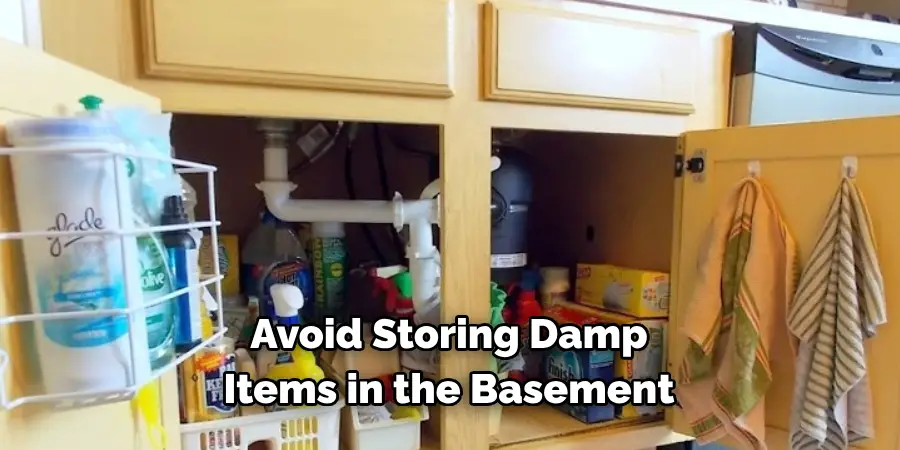
7. Clean the basement regularly. Vacuum and mop the floors and dust surfaces like walls, windowsills, and furniture on a regular basis to help keep mold spores from spreading. Cleaning also helps remove any existing mold that may be present.
8. Consider using mold-resistant paint on walls and other surfaces in your basement. This can provide an extra layer of protection against white mold growth.
Following these maintenance tips can help keep white mold from growing in your basement and protect the health of your family. Be sure to take action right away if you suspect white mold is already growing in your home. Cleaning up any existing mold and taking the steps above can help keep it from coming back.
Conclusion
Ultimately, getting rid of white mold in the basement requires vigilance and proper care. Although it is not an easy task, eliminating or reducing the presence of this fungus is possible with the right approach. Always begin by identifying the source of moisture in your basement, no matter if it’s from a leaky pipe or water seeping through the walls. Additionally, keep your basement clean and dry at all times, which is key to preventing mold growth in this environment.
Furthermore, regular monitoring and maintenance should be done as soon as signs of white mold are spotted; this will help to contain its spread even further. With a little effort and dedication, you can make sure that white mold stays away from your home so that it may remain safe and healthy for years to come. Follow the tips on how to get rid of white mold in basement mentioned above, and you’ll be able to get rid of white mold in your basement in no time.

